Select this license type when you are developing an app for iOS, Android, or Windows Phone, and you will be embedding the font file in your mobile application's code.
Arabetics Symphony
by Arabetics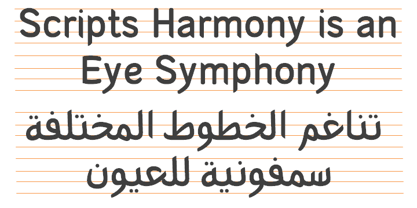
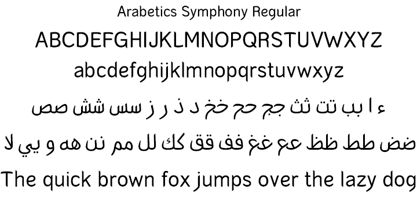
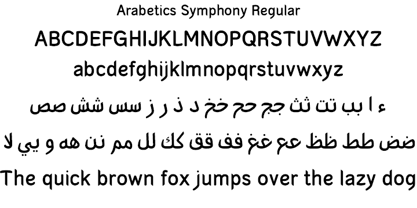
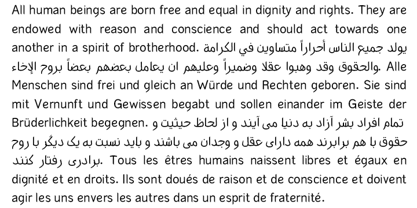
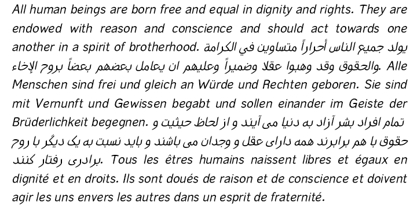
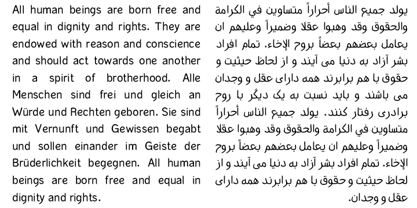
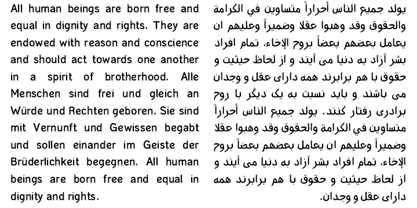
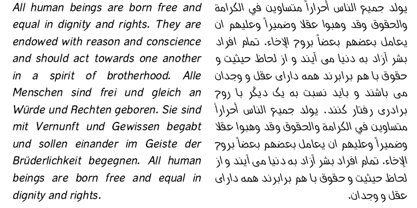
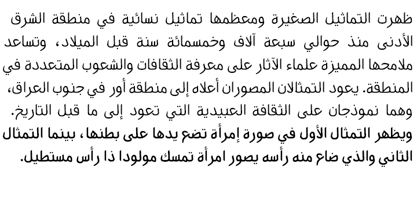
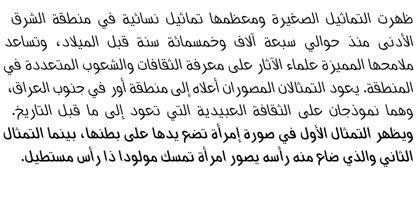
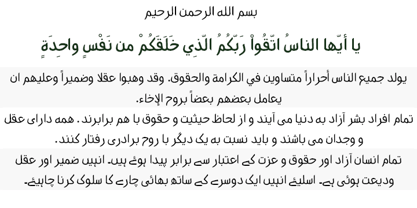
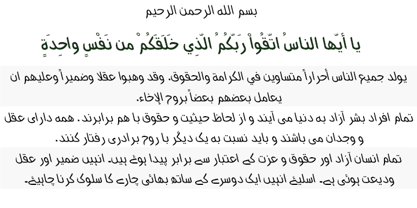
- Aa Glyphs
-
Best ValueFamily Packages
- Individual Styles
- Tech Specs
- Licensing
-
Arabetics Symphony Bold Slant
Per Style:
$24.83 USD
Pack of 6 styles:
$149.00 USD
Arabetics Symphony Bold Slant
2 fonts-
Arabetics Symphony Bold Slant
Per Style:
$29.50 USD
Pack of 2 styles:
$59.00 USD
About Arabetics Symphony Font Family
Designers: Saad D. Abulhab
Publisher: Arabetics
Foundry: Arabetics
Design Owner: Arabetics
MyFonts debut: Aug 23, 2012
About Arabetics
Operating as arabetics.com, Arabetics is New York based private foundry and consulting firm specializing in Arabic fonts and lettering design, and related Arabic typography software solutions. It is best known for producing innovative, and inspiring non-traditional simplified fonts. Arabetics prime mission is to produce quality fonts to support Arabetic scripts computing and typography needs. It was founded in 2003, by type designer Saad D. Abulhab who introduced earlier the US Utility Patent awarded Mutamathil Type Style, the underlying design template behind most of Arabetics fonts. The Mutamathil design philosophy aims at producing extended Arabic fonts that would diversify and enrich users typographic options and address the scripts challenges of literacy, education, economics, technology, global competition, as well as style and legibility. Mr. Abulhab is an IT Electrical Engineer and a librarian. His involvement in Arabic type design and computing goes back to 1992.
Read more
Read less
- Choosing a selection results in a full page refresh.